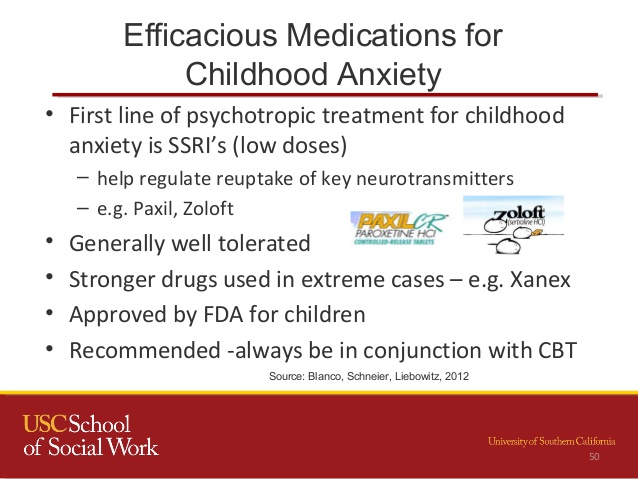Childhood anxiety is an increasingly common problem, the stimuli that children are exposed to are usually poorly controlled by adults, on the other hand, the demand for many of them is great, which greatly reduces the time they have to play freely in exchange for spending money. hours and hours in private lessons.
On the other hand, let us think that the way childhood anxiety manifests itself is different from the way it occurs in adults; hence the need to study it separately, only then will we be able to identify it correctly. In addition, by doing so, we can find the most effective ways to respond.
- That is why in this article we will examine both the symptoms and the most common treatments for childhood anxiety.
- First.
- It is necessary to briefly analyze what anxiety is.
According to the American Psychological Association (APA), anxiety is an extreme stress reaction of the body, this sensation is caused by a perceived stimulus as threatening, depending on the specific anxiety problem, the trigger may be external or internal.
On the other hand, it is emphasized that anxiety can manifest itself in different ways. Therefore, we usually talk about different psychological disorders related to this problem. For children, the disorders presented are similar to those presented by adults; this does not mean that some significant differences cannot appear.
As with the elderly, children may experience anxiety problems in different ways. Here are some of the most common manifestations of childhood anxiety disorder.
Selective mutism is characterized by the absence of speech in situations where the child is expected to speak. This lack of speech also interferes with a child’s daily life; for example, hindering their relationships in the classroom or their ability to make friends.
Selective mutism occurs in cases where the child does not have a physical speech problem, on the contrary, silence is always a way to protect himself, although on the other hand it always causes emotional discomfort, this disorder can begin to diagnose around the age of five, but usually appears later.
Most children feel bad when they have to separate from their parents, this can happen when adults have to be absent for a long time or when children have to go to day care for the first time; However, in the case of separation anxiety, symptoms are usually much more severe.
When true separation anxiety occurs, the child feels really bad when separated from the missing person, this discomfort can occur during school attendance, a trip or an excursion, but it can also occur when adults have to be away from home, even for a short period of time.
The problem is that this anxiety directly affects the child’s emotional distress, so it is necessary to seek professional help if there is a suspicion of a situation like the one we have described.
The last of the most common anxiety disorders in children is social phobia, which occurs when the child cannot relate to others, even if he wanted to, by extreme shyness, and generally avoids acting in a certain way. way to avoid exposing yourself to the criticisms of others.
Again, this type of anxiety in children will hinder the child’s development, so we’ll see below which interventions are most commonly used.
Approaches such as cognitive behavioral therapy consider anxiety to appear and is maintained by a number of irrational beliefs, although in the case of children are less evident, thoughts are also often considered to be the cause of psychological discomfort.
For this reason, most attempts to cure childhood anxiety involve changing false beliefs, so the psychologist’s main function is to detect limiting thoughts and replace them with others that help the child.
Helping them think better is not the only thing we can do for children with anxiety disorder, besides, it is necessary to help the child face gradually what generates fear, only in this way he can normalize and overcome his fears.
Of course, this process can be quite complex. However, the main techniques for treating anxiety are both. Child psychologists specialize in applying therapy to children, so symptoms that cause anxiety, especially discomfort, go away with intervention.

